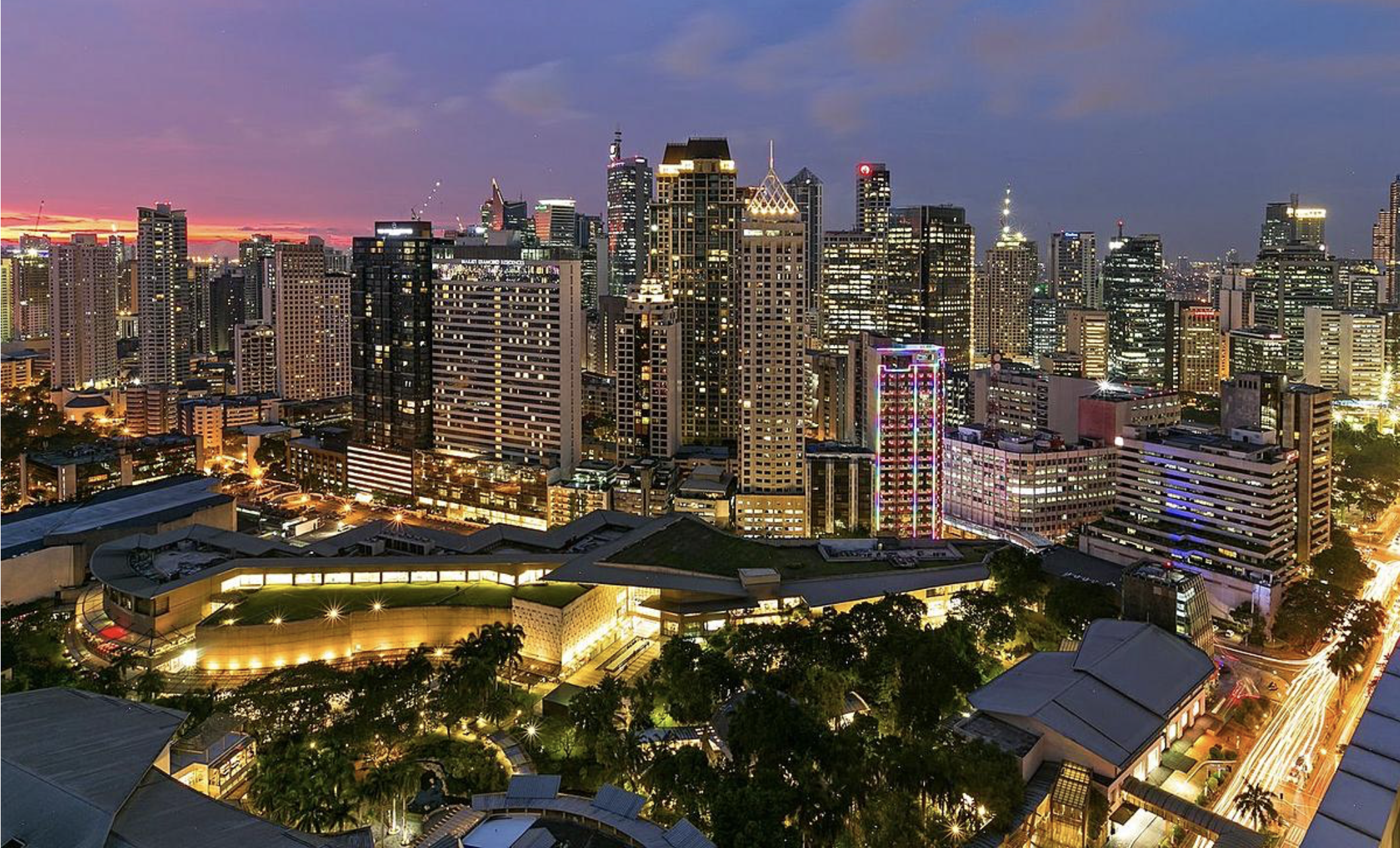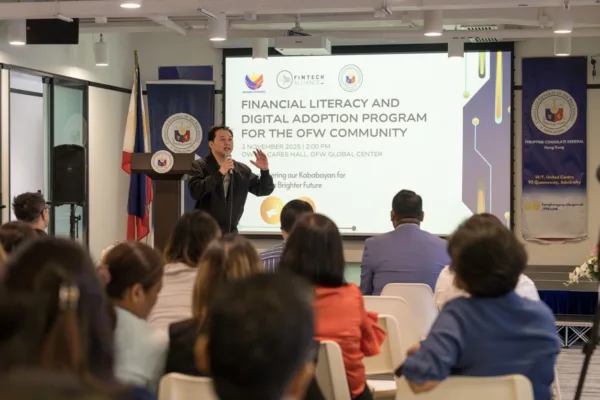by Jan Michael Carpo, Reporter
Despite a slight recalibration, the Philippine economy is projected to maintain its robust growth trajectory, with both the Asian Development Bank (ADB) and the Economic and Social Committee for Asia and the Pacific (ESCAP) forecasting an expansion of at least six percent this year.
This optimistic outlook, building on last year’s revised 5.7 percent growth, positions the Philippines as one of the fastest-growing economies in Southeast Asia, signaling continued momentum despite global uncertainties.

The ADB, in its Asian Development Outlook April 2025 report released earlier this month, adjusted its December forecast of 6.2 percent GDP growth downwards to six percent for the current year. This minor revision, however, remains comfortably within the Philippine government’s ambitious six to eight percent growth target for 2025, underscoring the nation’s economic resilience.
Notably, the ADB’s projection places the Philippines among the region’s frontrunners, trailing only Vietnam’s estimated 6.6 percent and Cambodia’s 6.1 percent growth. This strong regional standing highlights the Philippines’ enduring economic dynamism in a competitive Southeast Asian landscape.
Slower spending, inflation behind revised ADB outlook

IMAGE CREDIT: George Calvelo, ABS CBN News file
Teresa Mendoza, senior economics officer at ADB Philippines, explained the slight downward adjustment during a press conference. “The lower-than-expected turnout in the fourth quarter of 2024 was actually taken into consideration by the slight downgrade from 6.2 percent in December because we have seen household spending growth moderate more than we anticipated.”
She further elaborated that this moderation was partly attributable to the lingering effects of high inflation experienced for much of the previous year, coupled with the delayed impact of tighter monetary policies implemented to curb price pressures.
The Philippine economy’s revised 5.3 percent growth in the final quarter of 2024 ultimately brought the full-year growth to 5.7 percent, falling slightly short of the government’s revised target of 6.5 to 7.5 percent.
Despite this minor shortfall, the ADB remains confident in the economy’s capacity for acceleration, projecting a faster growth rate of 6.1 percent for the Philippines in 2026. This forecast would still place the country as the third-fastest growing economy in Southeast Asia for that year, behind Vietnam (6.5 percent) and Cambodia (6.2 percent).
Pavit Ramachandran, ADB Philippines national director, pointed out a potential external factor that could influence future outlooks. He noted that the recent announcement of new US tariffs on certain goods was not factored into the current estimates, as the forecasts were finalized prior to the announcement made last April 2.
The potential impact of these tariffs will likely be a key consideration in future economic assessments.
Strong domestic demand as key catalysts for PH economic growth

Looking ahead, the ADB anticipates that sustained public investment, particularly in infrastructure projects, will serve as a crucial engine for Philippine economic development this year and beyond. Coupled with robust domestic demand, fueled by a recovering labor market and improving consumer sentiment, these factors are expected to provide a strong foundation for continued expansion.
However, the report also implicitly acknowledges the need for vigilance. The lingering effects of past inflation and the potential impact of global trade developments underscore the importance of prudent economic management and strategic policy interventions to ensure sustained and inclusive growth.
The ADB’s latest outlook offers a nuanced perspective on the Philippine economy. While acknowledging a slight moderation in previous growth expectations, the report firmly underscores the nation’s strong growth potential, driven by strategic investments and resilient domestic consumption.
As the Philippines navigates the evolving global economic landscape, continued focus on infrastructure development, prudent fiscal management, and measures to bolster domestic demand will be crucial in translating these positive projections into tangible benefits for all Filipinos.
The “intriguing vacuum” identified by Lazada’s CEO in the context of AI adoption might find a stark contrast in the Philippines’ broader economic narrative – one of steady progress and promising expansion.








